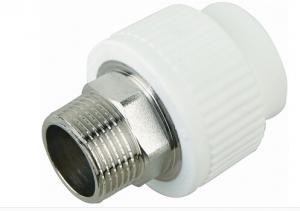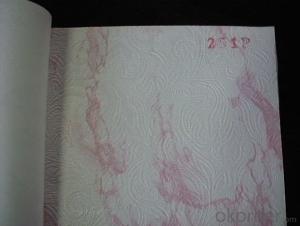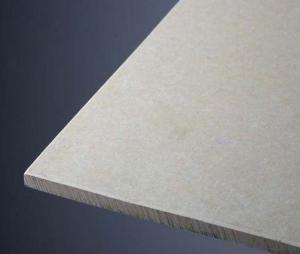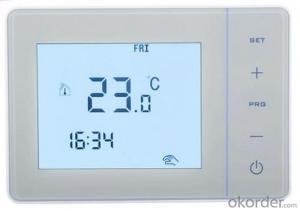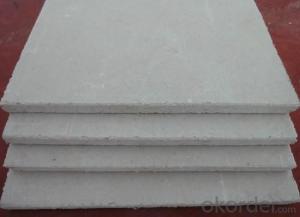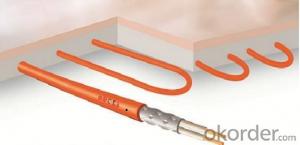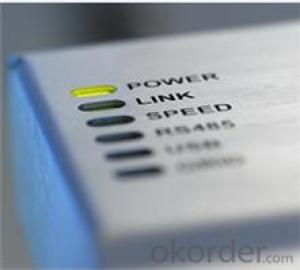Wifi Device For Solar Inverter
Wifi Device For Solar Inverter Related Searches
Best Paint For Stainless Steel Blanket Insulation For Steel Buildings Primer For Galvanized Steel Foam Filter For Stainless Steel H S Code For Stainless Steel Surface Grinding Wheels For Stainless Steel Surface Grinding Wheels For Hardened Steel Hole Saw For Stainless Steel Paint For Stainless Steel Stainless Steel For BbqHot Searches
Steel Mesh Panels For Sale Price For Stainless Steel Scrap Scrap Price For Stainless Steel Price For Stainless Steel Stainless Steel Plate For Sale Stainless Steel Tank For Sale Stainless Steel Sheets For Sale Cheap High Tea Sets For Sale Stainless Steel Tanks For Sale Stainless Steel For Sale High Density Fiberboard For Sale Solar Hot Water Collectors For Sale Scaffolding For Sale In Uae Scaffolding For Sale In Ireland Scaffolding For Sale In Houston Type Of Inverter For Solar Price Of Shipping Containers For Sale Types Of Inverter For Solar Stock Price For Aluminum Steel Mesh Panels For SaleWifi Device For Solar Inverter Supplier & Manufacturer from China
Okorder.com is a professional Wifi Device For Solar Inverter supplier & manufacturer, offers integrated one-stop services including real-time quoting and online cargo tracking. We are funded by CNBM Group, a Fortune 500 enterprise and the largest Wifi Device For Solar Inverter firm in China.Hot Products
FAQ
- A solar inverter synchronizes with the grid by constantly monitoring the grid's voltage and frequency. It adjusts its own output to match the grid's characteristics, ensuring that the electricity it generates is in phase with the grid's power supply. This synchronization process allows the solar inverter to seamlessly connect and feed electricity into the grid, maximizing the efficiency and reliability of the solar power system.
- The maximum power output of a solar inverter can vary depending on its size and model. Generally, residential solar inverters have a power output ranging from 2 kilowatts (kW) to 10 kW, while commercial and utility-scale inverters can have power outputs exceeding 1 megawatt (MW).
- To troubleshoot common issues with a solar inverter, first, check the display panel for any error messages or indicators. If there are none, ensure that all connections, including DC and AC cables, are securely tightened. Next, verify if there is sufficient sunlight reaching the solar panels. If the issue persists, inspect the fuse or circuit breaker and replace if necessary. Additionally, investigate the inverter's performance logs to identify any irregularities. If these steps do not resolve the problem, it is recommended to consult a professional solar technician for further assistance.
- Is the PV inverter a current source or a voltage source?
- Photovoltaic inverter, also known as power regulator, according to the inverter in the use of photovoltaic power generation system can be divided into two kinds of independent power supply and grid.
- The role of a solar inverter in protecting the electrical grid is to efficiently convert the direct current (DC) generated by solar panels into alternating current (AC) that can be safely integrated and synchronized with the existing grid. This helps ensure the stability, reliability, and quality of the electricity being fed into the grid, preventing any potential disruptions or damages that could occur due to inconsistent or incompatible power inputs. Additionally, solar inverters also play a crucial role in monitoring and controlling the energy flow, protecting against grid faults, and providing necessary safety features like voltage regulation and anti-islanding to safeguard both the grid and the solar installation.
- Yes, a solar inverter can be used with solar-powered ventilation systems. A solar inverter is responsible for converting the direct current (DC) electricity generated by solar panels into alternating current (AC) electricity that can be used to power various appliances and devices, including ventilation systems. By connecting the solar panels to the solar inverter, the DC electricity produced by the panels can be converted into the appropriate AC voltage and frequency required for the ventilation system's operation. Thus, the solar inverter plays a crucial role in enabling the integration of solar power into ventilation systems.
- The role of a reactive power controller in a solar inverter is to regulate and maintain the power factor of the inverter output. It ensures that the reactive power generated by the solar panels is properly balanced with the active power, thereby optimizing the efficiency and stability of the solar power system.
- Yes, a solar inverter can be used with a solar-powered agriculture system. A solar inverter is essential for converting the direct current (DC) electricity produced by solar panels into alternating current (AC) electricity required to power electrical devices and equipment used in the agriculture system. This allows for the efficient utilization of solar energy for various agricultural applications such as irrigation systems, pumps, lighting, and other electrical equipment.















